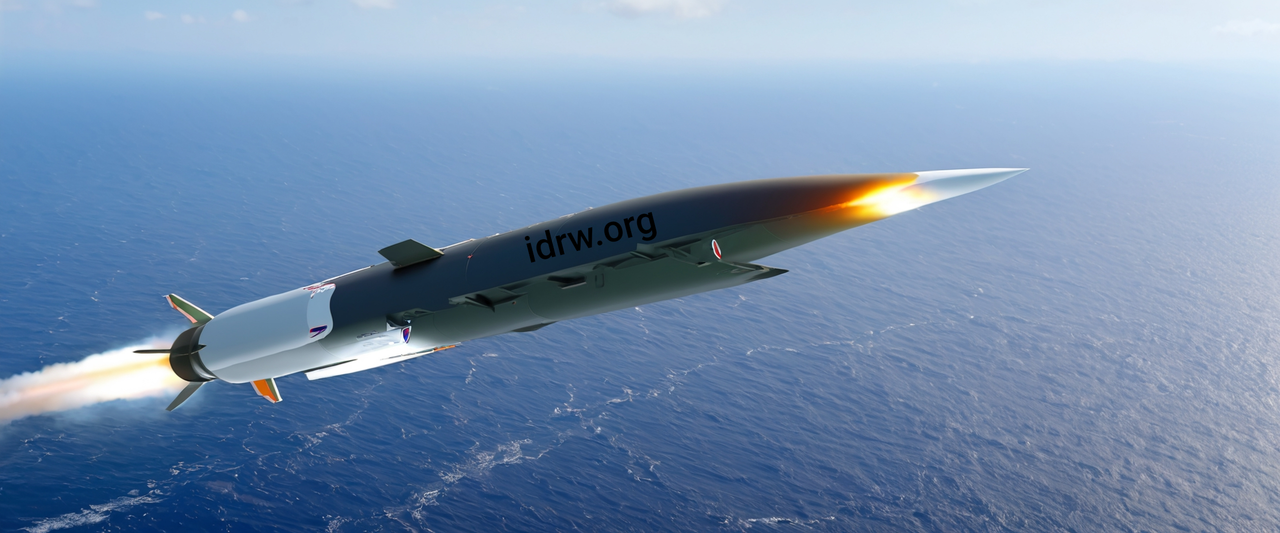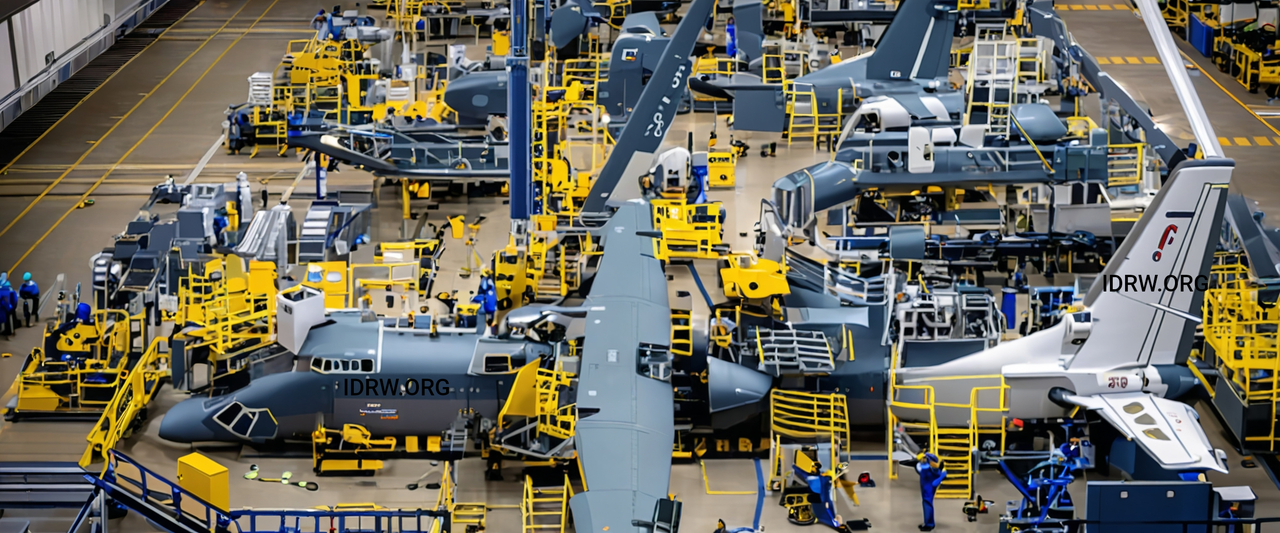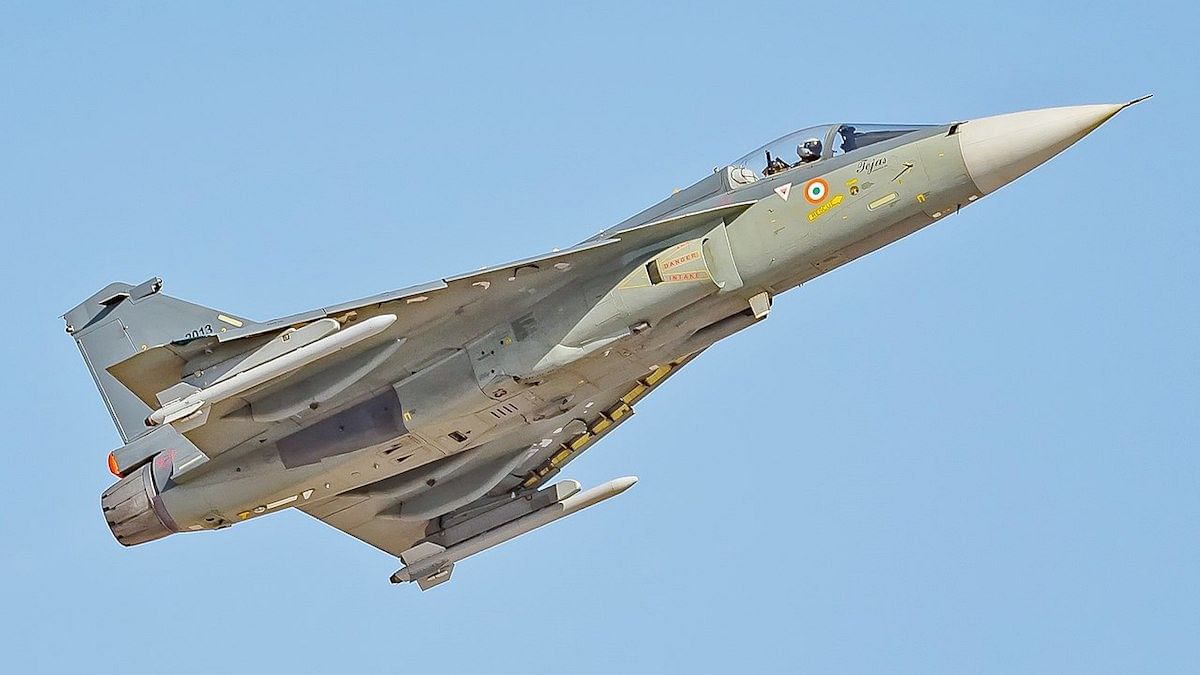SOURCE: AFI

The Indian Air Force’s Tejas Mk1A program has faced delays due to disruptions in the delivery of GE F-404 engines. However, Hindustan Aeronautics Limited (HAL) has a contingency plan in place to mitigate the impact of these delays and ensure the timely production of the fighter jets.
One aspect of HAL’s backup plan involves leveraging the capabilities of the private industry. Private companies will be tasked with manufacturing major assemblies for the Tejas Mk1A, such as the front fuselage, center fuselage, rear fuselage, wings, and other critical components. This collaboration will augment HAL’s capacity and help address any potential shortfalls in production.
Continue readingSOURCE: AFI

In a historic shift, the Pakistan Army has officially acknowledged its role in the 1999 Kargil War with India. This comes nearly 25 years after the conflict, which resulted in a tense standoff between the two nuclear-armed neighbors.
In a speech on Defence Day, Pakistan Army Chief General Asim Munir stated, “1948, 1965, 1971 or Kargil war between India and Pakistan, or Siachen, many have sacrificed themselves in them.” This marks the first time the Pakistani military has publicly confirmed its direct involvement in the Kargil War.
Continue readingSOURCE: AFI

The relationship between India and the CIA is a complex one, marked by periods of cooperation and deep mistrust. In the aftermath of India’s independence, the nascent intelligence apparatus sought assistance from Western powers, including the United States.
A shared adversary in Communist China brought the two nations closer together. The CIA provided crucial support to India in its early years, aiding in the formation of the Special Frontier Force and sharing intelligence on Chinese military movements. The joint operation to install a listening device on Nanda Devi stands as a testament to the depth of this cooperation.
Continue readingSOURCE: IDRW.ORG TEAM

India has officially commissioned the INS Arighat, the second nuclear-powered ballistic missile submarine (SSBN) in its class, following the lead of its predecessor, INS Arihant. Bearing the pennant number S3, INS Arighat represents a significant leap forward in the capabilities of India’s strategic submarine fleet. It is reportedly at least a decade ahead of INS Arihant in terms of technological advancements, thanks to a series of major upgrades to its internal systems that remain classified.
The INS Arighat is powered by an 83 MW pressurized water reactor (PWR), which has been further optimized and refined to enhance its performance and efficiency. The improvements in the reactor not only increase the submarine’s operational endurance but also reduce its acoustic signature, making it harder to detect by enemy sonar systems. Additionally, the sonar and electronic systems on board have received substantial upgrades, providing INS Arighat with improved detection capabilities and situational awareness, crucial for modern underwater warfare.
Continue readingSOURCE: IDRW.ORG TEAM

The Indian Ocean Region (IOR) has become a focal point of growing geopolitical competition, with China’s increasing presence raising concerns for India. This article explores this complex issue, examining recent developments and potential future scenarios.
The deployment of Chinese research vessels in the IOR has become a frequent occurrence. These vessels, while ostensibly engaged in scientific research, are suspected by some of conducting activities that could have military applications. The graphic accompanying this article illustrates the paths taken by these vessels during their recent surveys, highlighting the extent of their operations.
Continue readingSOURCE: AFI

Renowned security expert Bharat Karnad has called upon the Government of India (GOI) to take decisive action to expedite the production of the Tejas light combat aircraft and break the country’s reliance on foreign military equipment.
In his latest column, Karnad, a Senior Fellow at the Centre for Policy Research, New Delhi, has urged the GOI to instruct the National Aerospace Laboratories (NAL) and the Defence Research and Development Organisation (DRDO) to transfer the Tejas source codes to private sector giants like L&T, Tata, and Mahindra Aerospace.
Continue readingSOURCE: AFI
According to recent reports, Thiruvananthapuram, the capital city of Kerala, is poised to become the headquarters of India’s Joint Maritime Theatre Command. This strategic move is expected to enhance the country’s maritime security and surveillance capabilities.
The Joint Maritime Theatre Command, a significant component of India’s military reforms, aims to integrate the naval, air, and coastal forces under a single command. This unified approach will enable a more cohesive and effective response to maritime threats.
Continue readingSOURCE: AFI

Sansera Engineering, a leading precision engineering company, has signed a Memorandum of Understanding (MoU) with Dynamatic Technologies to supply intricate structural parts for the Airbus A220 Door Program. This strategic partnership marks a significant milestone for both companies, solidifying their position in the global aerospace supply chain.
Dynamatic Technologies, a renowned aerospace engineering firm, has awarded a long-term contract to Sansera Engineering for the manufacturing of these complex components. This contract underscores the confidence that Dynamatic Technologies has in Sansera Engineering’s capabilities and expertise in delivering high-quality products to meet the stringent requirements of the aerospace industry.
Continue readingSOURCE: AFI

The Indian Space Research Organisation (ISRO) is set to embark on an ambitious mission to enhance its Earth observation capabilities with a series of advanced satellites. These missions are designed to provide crucial data for a wide range of applications, including agriculture, disaster management, climate monitoring, and oceanography.
Continue readingSOURCE: RAUNAK KUNDE / NEWS BEAT / IDRW.ORG

The BrahMos Aerospace, the Indo-Russian joint venture behind the world’s only supersonic cruise missile, is gearing up for its next technological leap. The company is now focused on developing a near-hypersonic variant of the BrahMos missile, aiming to push its speed to an unprecedented Mach 5.
Currently cruising at Mach 3, the BrahMos is already a formidable weapon. However, the corporation believes that a further speed boost will render it virtually impossible to intercept by modern air defence systems. To achieve this, BrahMos is working on an improved ramjet engine capable of propelling the missile to near-hypersonic speeds.
Continue readingSOURCE: RAUNAK KUNDE / NEWS BEAT / IDRW.ORG

India and Malaysia have agreed to strengthen their military collaboration, with a particular focus on the maintenance and upgrade of the Royal Malaysian Air Force (RMAF) operated Su-30MKM fighter fleet. Under the proposed agreement, the RMAF’s Su-30MKM fleet could be overhauled and upgraded with Indian-made systems. This cooperation would not only benefit both countries but also strengthen their strategic partnership in the region.
In addition to the Su-30MKM upgrades, both countries are exploring other areas of cooperation in the maintenance of Russian-origin fighter jets. The RMAF has expressed interest in acquiring the BrahMos-A air-launched cruise missile, a joint Indo-Russian venture.
Continue readingSOURCE: RAUNAK KUNDE / NEWS BEAT / IDRW.ORG

A major milestone has been achieved in India’s defence manufacturing sector with the upcoming activation of the final assembly line (FAL) for the ‘Make in India’ C295 program. After receiving approval from the Directorate General of Aeronautical Quality Assurance (DGAQA) earlier this year, Tata Advanced Systems Limited (TASL) is poised to begin producing detailed parts and sub-assemblies for the C295 aircraft in India.
The factory in Vadodara, Gujarat, is expected to go operational by the end of November or early December. Construction on the facility began in October 2022, and the company anticipates producing up to eight C295s annually.
Continue readingSOURCE: AFI

Following the recent approval from the Cabinet Committee on Security (CCS) for the Advanced Medium Combat Aircraft (AMCA) 5.5gen fighter jet program, the Defence Research and Development Organisation (DRDO) is hopeful of finalizing a deal for the new engine for the program by 2025.
The Gas Turbine Research Establishment (GTRE) will collaborate with one of the contending companies, which includes offers from Safran, Rolls-Royce, and GE, to co-develop a new 110kN engine. This engine will be the powerplant for the AMCA, a crucial component for its performance and capabilities.
Continue readingSOURCE: AFI
India is poised to make significant investments in its submarine fleet over the next ten years, underscoring the country’s determination to enhance its undersea capabilities. According to GlobalData, India is projected to spend approximately $31.6 billion on procuring various types of submarines.
Central to these plans is the expansion of the Arihant-class ballistic missile submarine (SSBN) fleet. The Indian Navy aims to commission two additional Arihant-class submarines, each equipped with a larger missile-carrying capacity. This expansion will bolster India’s sea-based nuclear deterrence and strengthen its strategic capabilities.
Continue readingSOURCE: AFI

In a recent interview with Bharat Tak, former Air Chief Marshal Rakesh Kumar Singh Bhadauria emphasized the significant export potential of the LCA-Tejas Mk1A, India’s indigenously developed light combat aircraft. Bhadauria, who was a former test pilot on the LCA-Tejas program, stressed the need for a more focused approach to marketing the Tejas Mk1A to international buyers, citing its world-class capabilities and competitive pricing.
Bhadauria lauded the LCA-Tejas Mk1A as a state-of-the-art fighter jet that stands out in its class for its advanced technology and capabilities. “In its class, the LCA-Tejas Mk1A ranks among the top two aircraft globally in terms of technology and capabilities,” he remarked. The Tejas Mk1A, developed by Hindustan Aeronautics Limited (HAL), is a highly versatile and capable multirole fighter designed to perform a wide range of missions, from air-to-air combat to ground attack.
Continue reading